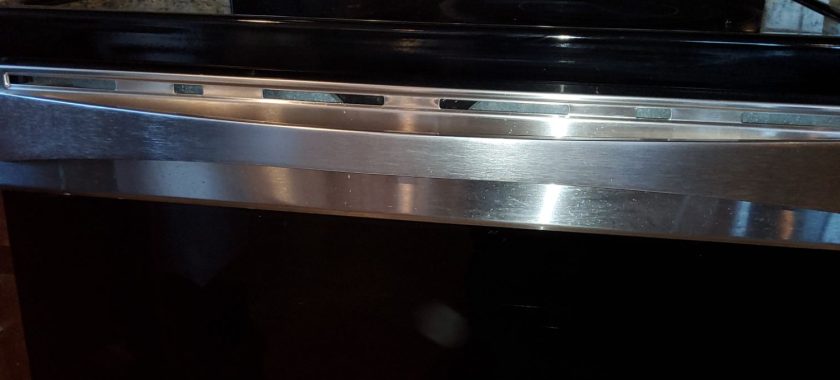When you purchase a new stove, you expect it to work flawlessly. However, some users find themselves frustrated when their brand-new appliance starts “jumping” between different cooking modes, even when they’re not manually adjusting it. This peculiar behavior can leave you wondering whether the issue lies with the stove’s electronics or the wiring behind the scenes. Interestingly, in many cases, the problem has little to do with the stove’s digital controls and more to do with faulty or loose wiring.
Understanding the ‘Jumping’ Phenomenon
The “jumping” issue refers to the stove switching unexpectedly from one mode to another during use. For example, you might set it to bake, but it switches to broil. Or, perhaps, the heat will fluctuate unpredictably during cooking. This can be especially frustrating when you’re trying to maintain a consistent cooking temperature, or you’re in the middle of preparing a dish that requires precise timing.
This phenomenon isn’t limited to stoves with complex electronics—older models with simple dials can experience the same behavior. It’s not always about malfunctioning components but rather the electrical connections that make everything work. While it may seem like the stove’s digital panel is malfunctioning, the underlying problem often stems from issues in the stove’s wiring or connections.
Why It Happens: The Role of Wiring in Your Stove’s Operation
The stove’s wiring system plays a crucial role in communicating signals between the various components, such as the heating elements, the control board, and the thermostat. When the wiring is loose, worn, or improperly installed, it can lead to unpredictable behavior. Here’s how:
- Loose or Frayed Wires: Over time, the wires that connect your stove’s various components can become loose or frayed, especially during installation. This can cause intermittent connections, leading the stove to ‘jump’ between modes as the signals from the control board are not properly received by the heating elements or thermostat.
- Improper Wiring Connections: If the stove was incorrectly wired during installation, the connections between components may not be secure, resulting in malfunctioning signals. In such cases, the stove may switch between modes without any user intervention, making it seem like the appliance is malfunctioning.
- Overloaded Circuits: Sometimes, too many devices are plugged into the same circuit, leading to electrical surges or interruptions. These interruptions can cause the stove to experience erratic behavior, such as jumping between cooking modes.
- Faulty Electrical Grounding: Proper grounding is essential to the safe operation of any appliance, including stoves. If your stove is not properly grounded, it can cause erratic signals, leading to unpredictable behavior like switching between modes.
- Corrosion or Debris: In some cases, moisture or food debris can get into the wiring connections, causing corrosion or short circuits. This can lead to malfunctioning signals, causing the stove to change modes at random.
How to Diagnose and Fix the Problem
If your new stove is exhibiting these issues, it’s important to have a professional technician inspect the wiring. They can check for loose connections, faulty wiring, and potential grounding issues. Trying to fix it yourself may be dangerous, especially when dealing with high-voltage appliances like stoves.
A qualified technician will ensure that the wiring is correctly installed and that all electrical connections are secure. If corrosion or debris is found, they can clean or replace the affected wiring. In some cases, replacing damaged or worn wiring might be necessary.
Preventing Future Problems
To prevent issues like this from happening in the future, here are a few tips:
- Professional Installation: Always ensure your stove is installed by a licensed professional to ensure proper wiring and grounding.
- Regular Inspections: Have your stove inspected periodically by a professional technician to check for potential wiring problems.
- Proper Ventilation: Ensure your kitchen is well-ventilated and free from moisture, as excess humidity can cause wiring issues over time.
- Avoid Overloading Circuits: Ensure your stove is connected to its own dedicated circuit to avoid electrical overloads.
If your new stove is unexpectedly jumping between modes, it’s likely an issue with the wiring. Don’t let this frustration interfere with your cooking. Call the experts at Chula Vista Appliance Repair Company today to schedule an inspection and get your stove working as it should. Our professional technicians are trained to diagnose and repair wiring issues quickly and efficiently, so you can get back to cooking without worry.
Contact us
(619) 880-5508


